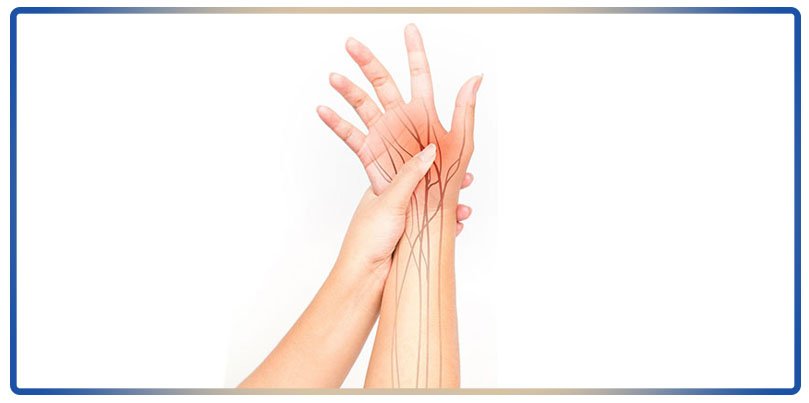Effectiveness of nerve glides in neuromusculoskeletal conditions:
As we discussed in our last blog of RADICULOPATHY, Low back–related leg pain and neck-related arm pain can arise from a lesion or disease affecting the peripheral nervous system.
The peripheral nervous system is also compromised in common entrapment neuropathies, such as carpal tunnel syndrome (CTS) and cubital tunnel syndrome or Sciatica. The pain is typically caused from “compressed or irritated nerves” which can be a result of an injury, disease, and/or changes that occur to the surrounding structures of the nerve.
Often, we instruct our clients to help work out muscular tension and pain with static or even dynamic stretching. When this doesn’t resolve the issue, the problem may actually reside in restricted nerves, not muscles!
Physical therapists can help overcome Radicular or Nerve related symptoms with some simple movements called Nerve glides.
Mechanism of Nerve Glides:
- Neurodynamics (NM) is an intervention aimed at restoring the homeostasis in and around the nervous system, by mobilization of the nervous system itself or the structures that surround the nervous system.
- Utilizing the concept of neural mobilization such as nerve glidingwhen treating situations of adverse neurodynamics, Physical therapists use Proper treatment reduces intrinsic pressure on the neural tissue, enabling optimum function, but it does take time.
Glide, floss and stretch:
Nerve flossing (sometimes called nerve gliding or neural gliding) describes a type of gentle exercise that stretches irritated nerves, with the goal of improving range of motion and reducing pain. It can be made up of multiple exercises that all work together to “mobilize the nerve.”
Guidelines to focus on while performing nerve glides:
- Nerve flossing shouldn’t produce pain. If the client starts to feel pain, stop the stretch immediately.
- Muscular tension should be minimized.: Instruct the client to stay relaxed and avoid compensatory movements.
- Respiratory rhythm should proceed with long, deep breaths. Remind the client to not hold the breath.
- Start slowly- Start slow and gradually increase the number of repetitions.
the duration of each hold, per exercise, may differ from what is written or suggested as it is highly dependent on the individual and their tolerance level.
Neuromusculoskeletal conditions that can be treated with Nerve glides and related nerve gliding techniques.
- Nerve related Low Back Pain: Can be Radiculopathy
- Nerve related Neck and Arm Pain
- Carpal tunnel syndrome: Pain, weakness, and/or numbness located near the wrist and/or forearm region
- Thoracic outlet syndrome: Pain, weakness, and/or numbness located in the upper arm, neck, and/or shoulder, brachial plexus nerve glides
- Sciatica: Numbness, weakness, and/or radiating pain/pain in the lower back, buttocks, legs, and/or feet.
- Piriformis Syndrome: Pain in the buttocks, hips, and/or hamstrings
If you are experiencing any of the above, please feel free to contact our Neuromuscular Therapist @Kinnari More.
IRAC Clinic Dubai




